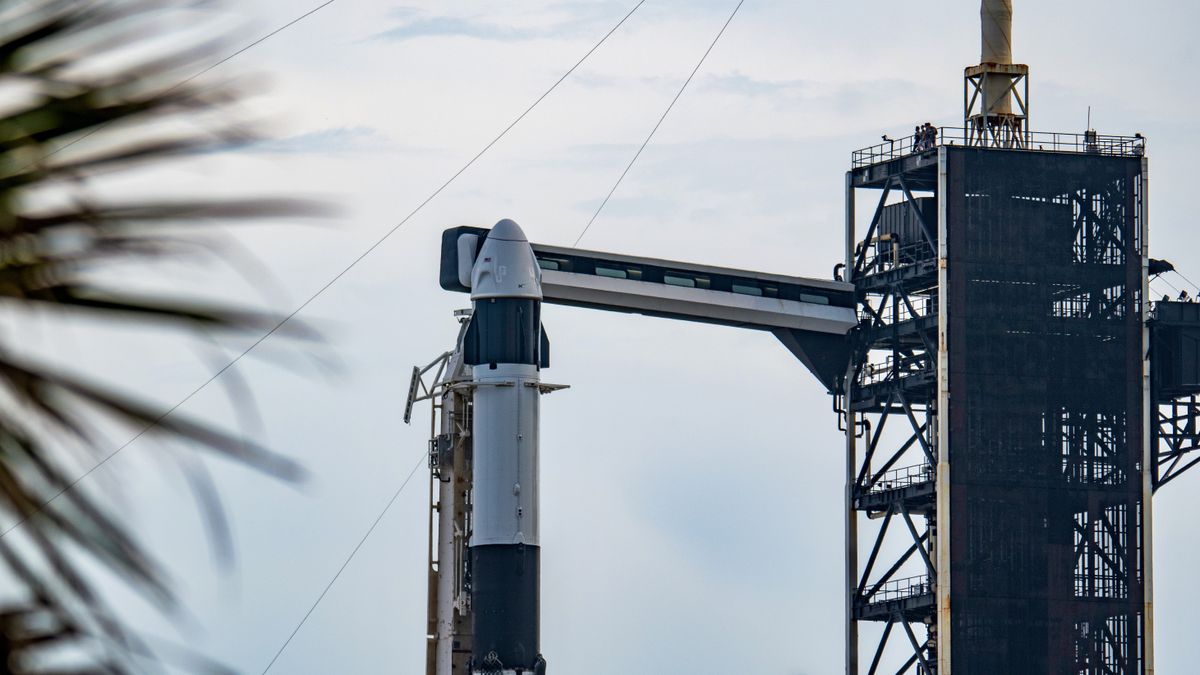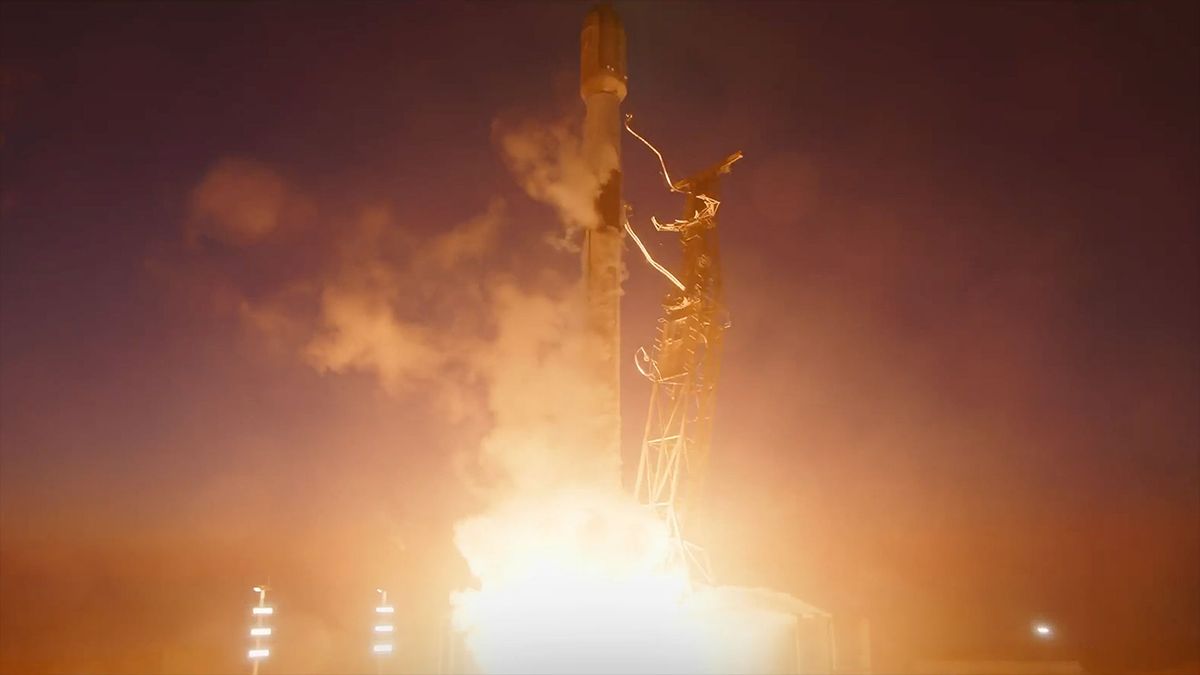Now Reading: SpaceX, NASA Set June 19 for Ax-4 Mission Launch Post ISS Repairs
-
01
SpaceX, NASA Set June 19 for Ax-4 Mission Launch Post ISS Repairs
SpaceX, NASA Set June 19 for Ax-4 Mission Launch Post ISS Repairs

Quick Summary
- Mission Overview: Axiom Space’s Ax-4 mission is set to send astronauts to teh International Space Station (ISS) aboard a SpaceX Falcon 9 rocket and Crew Dragon capsule on June 19 at 4:53 a.m. EDT.
- Crew Composition: the crew includes Peggy Whitson (USA,mission commander),Shubhanshu Shukla (India,pilot),Sławosz Uznański-wiśniewski (Poland),and Tibor Kapu (Hungary). This will mark the first ISS visit for astronauts from India, Poland, and Hungary.
- Delays and Repairs:
– A fuel leak in the Falcon 9 booster initially caused a delay; repairs were successfully completed after a fuel test termed “wet dress rehearsal.”
– An unrelated pressure leak in Zvezda, the Russian module of ISS-a long-standing issue-prompted additional assessment but has been stabilized after repairs.
- Scientific Significance: The mission will bring over 60 research experiments and STEM outreach projects to the ISS, surpassing all previous Axiom flights.
!Image of Falcon Rocket Launch Setup
Indian Opinion Analysis
The ax-4 mission is an vital step in expanding international collaboration in space exploration. For India, this moment is especially notable as it marks the first time an Indian astronaut board will visit the International Space Station. Beyond national pride, this milestone reflects growing representation for India’s talent pool on global platforms like commercial astronaut missions.
The inclusion of such diverse crew members fosters greater scientific exchange between nations while strengthening ties with private space initiatives like those led by Axiom Space. Additionally, India’s participation aligns well with its increasing investments into its own space programs under ISRO’s aegis-a signal that public-private partnerships could be pivotal for more ambitious undertakings going forward.
























